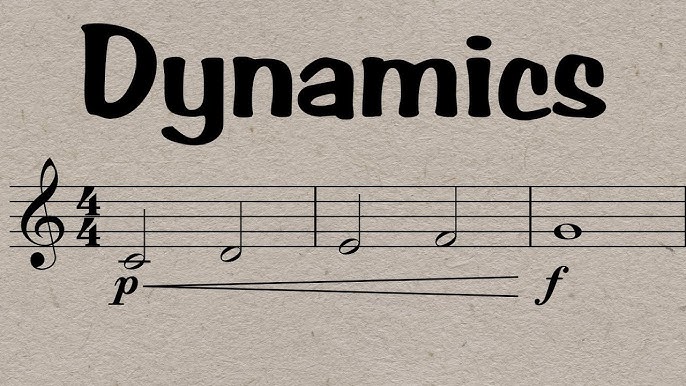
Operating Hours
- Weekdays - 8 AM to 9 PM
- (Call for Appointments)
- Sunday - Holiday

What does ‘Dynamics’ mean in music?
Dynamics are an essential way of conveying the mood of a piece and the use of dynamics is a marked element of a composer’s work style. Dynamics simply mean how quietly or loudly a piece of music should be played. Composers use dynamics to change the mood. Therefore, a trend of creating various versions of a track came into force. Sometimes a piece will have very few dynamics and sometimes the other versions will have many changes.
Traditionally, dynamic markings are based on Italian words. But you can also use simple writing things like “quietly” or “louder” in the music.
piano is pronounced ‘pi-ah-no’. When reading music, when the composer sees a letter p which is telling the musician to play this part of the piece quietly.
forte is pronounced ‘for-tay.’ It comes from the Italian word for ‘strong.’ forte is used in a piece of music you’ll often see it indicated as a letter f. It means that you should play from this point loudly.
mezzo, which is pronounced ‘met-so’ which is defined as ‘moderately’ or ‘half’. Mezzo is placed in front of the two dynamics: piano and forte so you get mezzo piano and mezzo forte.
These are more elaborated with subtle degrees of softness or loudness. These are marked as:
1. mp, which is known as ‘mezzo-piano’, meaning “moderately soft”
2. mf, standing for ‘mezzo-forte’, meaning “moderately loud”
3. pp, which stands for ‘pianissimo’ and means “very soft”
4. ff, which stands for ‘fortissimo’ and means “very loud”
Some other markers include:
1) ppp: short form of ‘pianississimo’ which means “very, very soft”
2) fff: short form of ‘fortississimo’ meaning “very, very loud”
3) crescendo: gradually increasing in volume
4) decrescendo: gradually decreasing in volume
5) diminuendo: essentially synonymous with decrescendo
Most of the instruments sound very different when played at different volumes. This is the main reason why musicians need knowledge of dynamics range. Some electronic instruments, like the electric guitar, have a distinct sound quality when played louder or softer due to the physical features of guitar.
Mixing in music is all about creating the balance in your track. Left and right. High and low. Tension and release. When it comes to loudness in music production, you have to work critically since no one likes super-loud mixes and dynamic mixes. There must be the right balance for your song. If music is too dynamic, it can be difficult to hear each note clearly, especially in spaces where no chance to adjust the volume. It can also be jarring for the listener to hear a big increase in volume out of nowhere.
Therefore, it is recommended to sound engineers that when mixing for maximum loudness or dynamics, try to find a middle ground between the two.
WhatsApp us